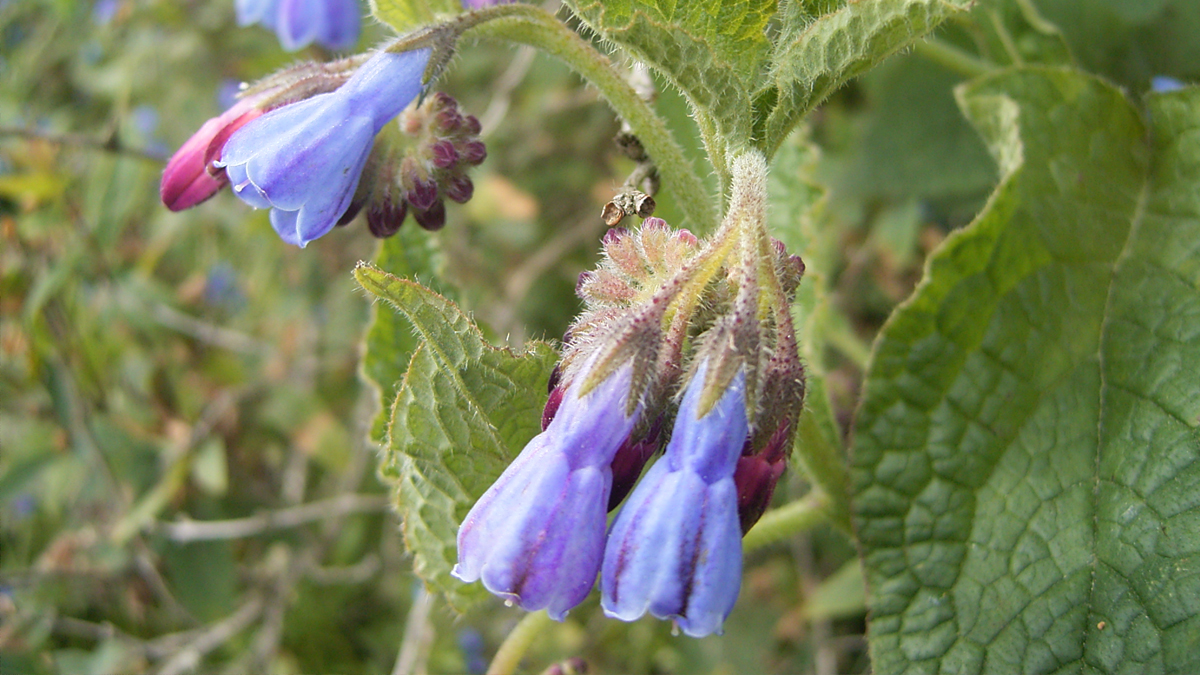on
The leaf and root of comfrey have been employed medicinally for centuries. Originally from Europe and western Asia, it is now also grown in North America.
It was also known as “knit-bone” and “bone-set” because it was used for ailments like broken bones, sprains and other wound support. In fact, comfrey’s Latin name Symphytum comes from the Greek symphis (“growing together”) and phyton (plant).
First-Aid Uses
Comfrey has similar uses on humans and animals. You can apply comfrey topically on the affected area as a salve, poultice, or tea. It works well to speed the healing process for sore joints, burns, abrasions, bruises, and swelling. Or you can also use dried comfrey as a styptic to stop bleeding.
Comfrey is indicated for topical use only. Use on broken skin or mucosa should be minimized but is reasonable for short durations (1 to 2 weeks at a time). Although humans have a long history (2,000+ years) of taking it internally, it is not recommended that humans due so, due to comfrey containing unsaturated pyrrolizidine alkaloids that may cause liver disease.
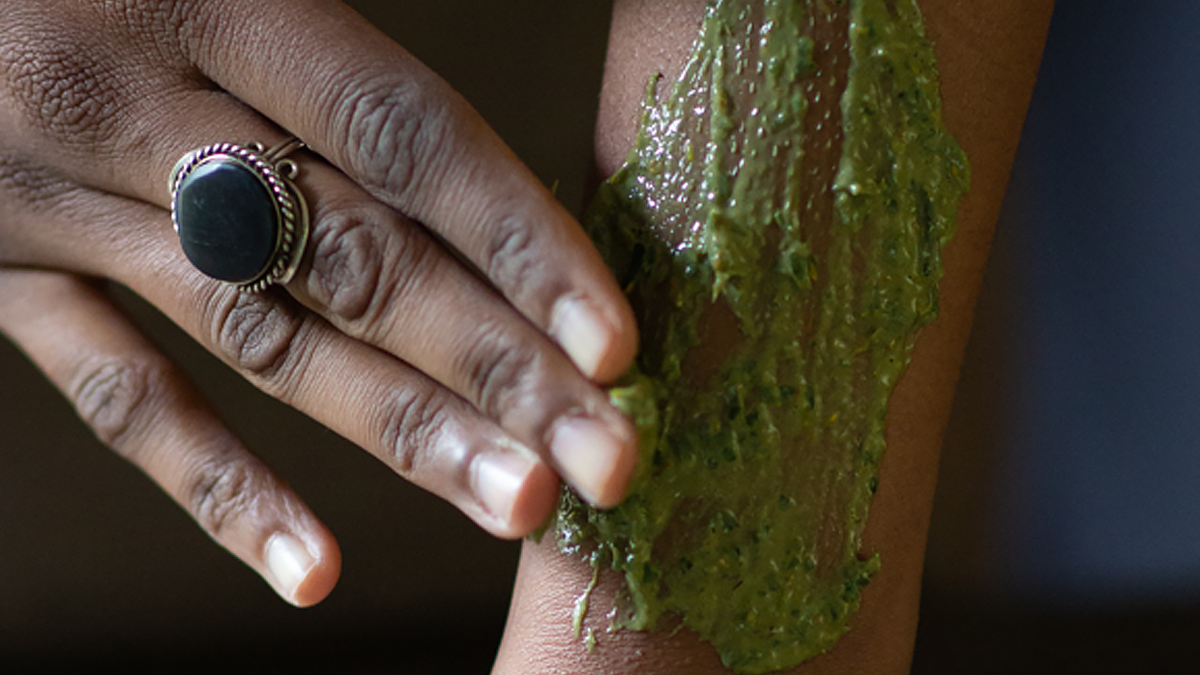
How to make a Comfry Poultice Supplies: ‣Cut fresh leaves close to the ground to include the whole leaf and stem. Five to ten large leaves should suffice. ‣1 bed sheet cut into 10cm wide strips cut across the width of the cloth. ‣Roll into individual bandages. ‣Large cook pot filled with boiling water ‣1 Vegetable knife or food processor ‣1 Medium-size mixing bowl ‣Tongs ‣Plastic Wrap Method: ‣Bring the water to a boil in the large pot. ‣Immerse the leaves until they turn dark green in order to burst the leaf hairs which would be irritating to the skin. ‣Using the tongs, lift the leaves out of the pot and shake off excess water. ‣Put the leaves into the food processor and liquefy. (Alternately, finely mince the leaves with a knife.) ‣Put pulp into the mixing bowl. ‣Make patient comfortable. ‣Expose the area to be treated. ‣Thickly slather the comfrey pulp over the treatment area. ‣Cover with plastic wrap. ‣Using the bandage rolls, wrap the poultice securing it into place. ‣When wrapping a limb, you always start distally and wrap towards the heart. Use enough bandage rolls to hold the poultice in place comfortably and securely. To avoid impeding circulation, test for correct tension of the bandage and you should be able to comfortably insert one finger underneath the bandage. ‣Leave the poultice on for one hour or over night if treatment is given in the evening. ‣After removing the poultice, discard the pulp and launder the bandages. ‣Repeat poultice daily in conjunction with internal therapy, for duration of the healing process Note- If you must use dried herb: ‣Grind separately a large scoop of root and leaf. ‣Soak the root powder (2 parts water to 1 part root powder) in cold water for at least an hour. ‣Bring water to a boil and add enough leaf powder to make a paste. ‣Apply hot paste mix to the treatment area and follow above procedure.
Repair Fruit Trees
Comfrey poultice or salve can also be used on tree trunks that have sustained damage for animals eating the bark. If the tree hasn’t been completely girdled, simple smear on the salve or poultice over the damaged bark, wrap it loosely and allow the poultice to do its job.
Compost Tea
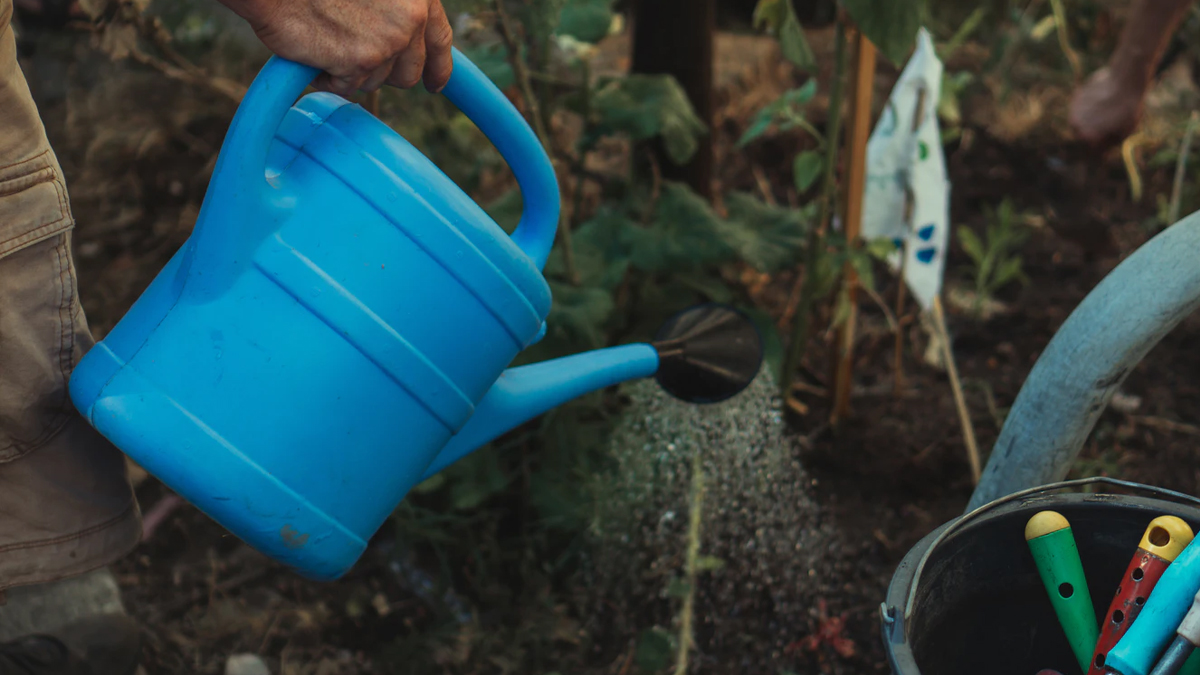
One of the strengths of comfrey is the ability of its deep roots to bring up nutrients and minerals from the soil and concentrate them in its leaves. When the leaves are steeped in water, the nutrients leach out into the water and make a natural, inexpensive homemade comfrey compost tea for your garden.
Comfrey Leaves as Fertilizer
Use the first cutting of spring leaves by chopping them up and placing them in the soil next to your garden plants. The leaves are high in potassium and make excellent fertilizer. Allow the leaves to wilt for a few hours after cutting, and then dig them into the soil to a depth of 1 to 2 inch.
Comfrey leaves compare well to composted steer manure with Nitrogen at 1.8, Phosphorous at 5.0, and Potassium at 5.3. If you have large amounts of comfrey and large leaves, you can layer them over garden beds and use them as mulch.
Compost Activator
Use comfrey leaves to turbo-charge your compost pile, especially piles made predominately made from carbon heavy “browns” like dry leaves, straw, brush, wood chips or shavings, etc.
All of the nitrogen held in comfrey’s leaves can help jump-start the decomposition process by feeding the microbes in your compost pile.
Add just-cut comfrey leaves to your compost pile when your pile’s carbon-to-nitrogen ratio is too carbon-heavy. Turn the pile to incorporate the comfrey. However, if your compost pile is already nitrogen-heavy, adding a high-nitrogen material like comfrey will only throw off the carbon:nitrogen ratio further and slow the decomposition process.
Green Mulch
Comfrey is a prolific producer of leaves. The leaves make a superb mulch increasing soil fertility while adding nutrients to plants right in their root zone where they can do the most benefit. I use comfrey as a garden mulch throughout the growing season. In areas with a long growing season, it’s possible to get 4 cuttings from comfrey for fertilizer and garden mulch.
Attractant Pollinators
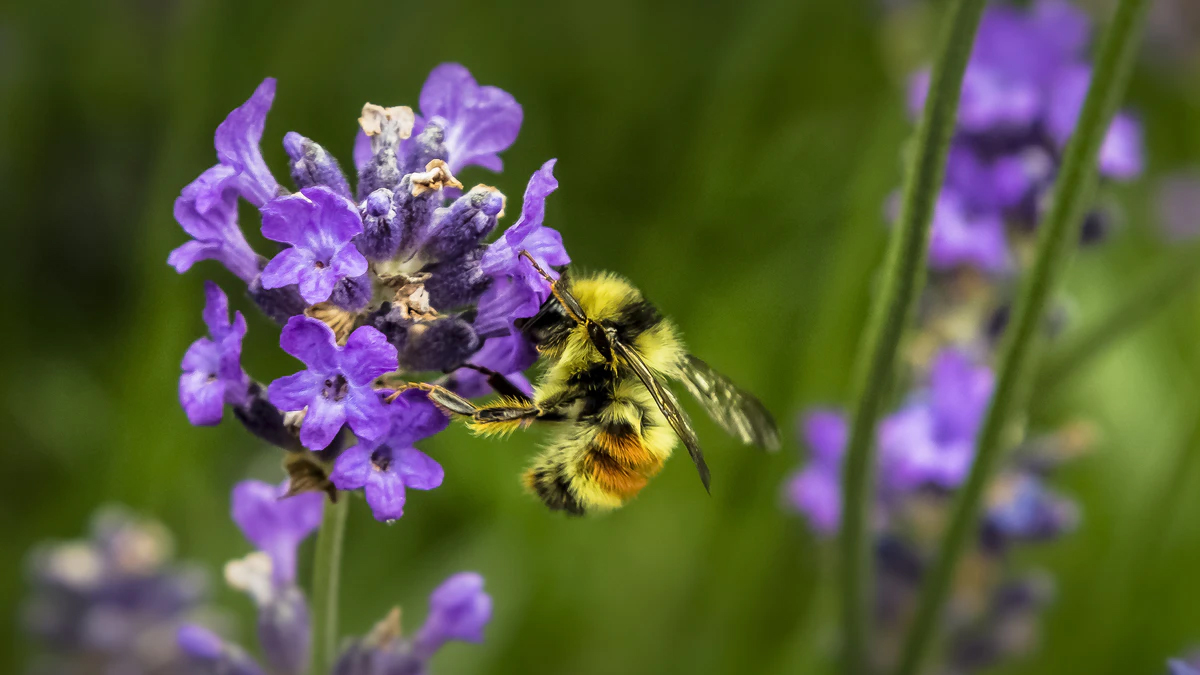
The flowers of the comfrey plant are bell-shaped and purple in color. The nectar is savored by pollinators and beneficial insects in the garden. Comfrey isn’t only great for honey bees, bumblebees also love and will vibrate comfrey flowers to obtain the healing pollen and self medicate with it.
Use to break up hard soil
Plant comfrey in areas that have poor soil, the plant has amazing roots that go down 8 feet or more. They will not only break up the compacted soil but also give the soil a need boost of N-P-K. Read this article in Permaculture News for an amazing study about the benefits of applying comfrey plant to the soil in troubled areas of your property.
Try one of these 9 Ways to make topsoil organically. Comfrey is a key player.
Chicken feed
The leaves of comfrey contain from 20 to 30% protein and chickens benefit from having it in their diet. It is well-suited for their digestive systems since they are not equipped to handle much fiber, and comfrey is low in fiber but high in protein and minerals.
If you have planted a high-yielding Bocking #14 strain of comfrey 30 plants will give you enough comfrey to feed 12 birds their entire amount of green plant matter for the year.
Livestock feed
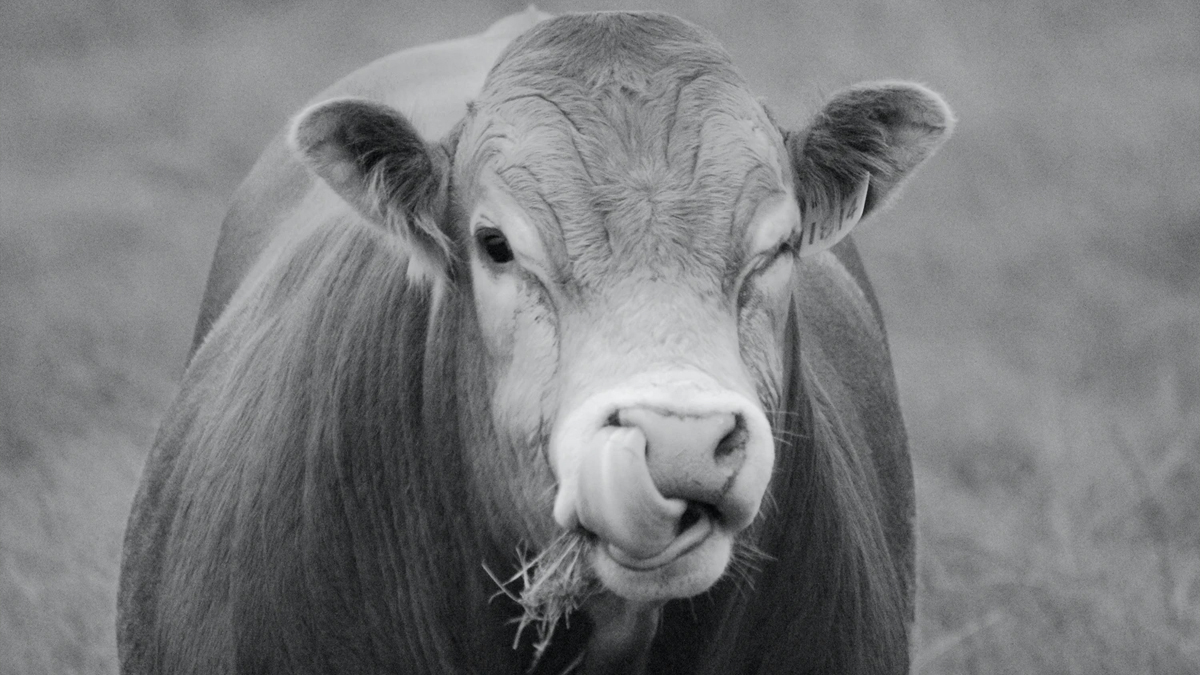
You wouldn’t think animals would not like to eat comfrey because of the tiny hairs on comfrey leaves, but sheep, pigs and chickens don’t mind. Even rabbits and cattle will eat comfrey when it’s wilted or dried as hay, according to the University of Minnesota Agricultural Experiment Station.
To feed fresh, cut comfrey leaves from the plant right before feeding. Cattle will also eat fresh comfrey leaves when they’re chopped. To make hay, cut comfrey leaves from the plant and dry for at least three days before storing them. Don’t think of this hay as in hay bales—this isn’t typically a crop you’ll produce in an area as large as a hayfield—rather large, dried leaves of forage.
Comfrey has a high moisture content—85 to 90 percent compared to alfalfa’s 75 to 80 percent—so be sure it’s thoroughly dried before storage so it doesn’t mold. Comfrey should be used as part of a balanced nutritional plan for animals, not as the sole source of nutrition for any animal.
We like to plant it inside a circle of no-climb horse fence. That way only the comfrey that is outside the wire can be nibbled on by the goat and they can’t eat enough of it at once to kill off the plants.
Tips on Growing Comfrey
We recommend Bocking #14 which is a variety of Russian Comfrey. The #14 is a sterile variety (does not spread by seed) of comfrey that grows very well in USDA zones 2 through 9b.
It is a perennial plant, and can be invasive once established which is why we recommend the Bocking #14 as does not self seed, although it can spread if roots are disturbed as it propagates from root cuttings.
In addition, the Bocking #14 reportedly has less pyrrolizidine alkaloids that have the potential to cause liver damage. And while we don’t recommend eating it as a vegetable as it once was, it should be noted that the leaves are a good source of Vitamin B12 and that it is the only plant that provides that vitamin which is otherwise only found in meat, dairy, and eggs.
Get access to premium content and more!



